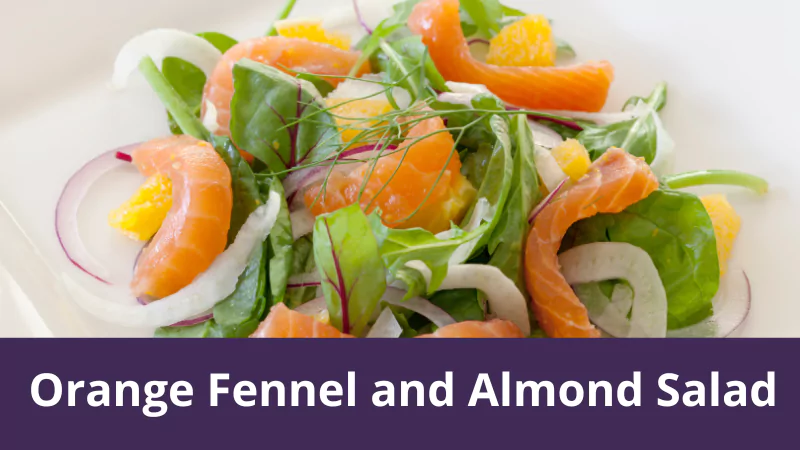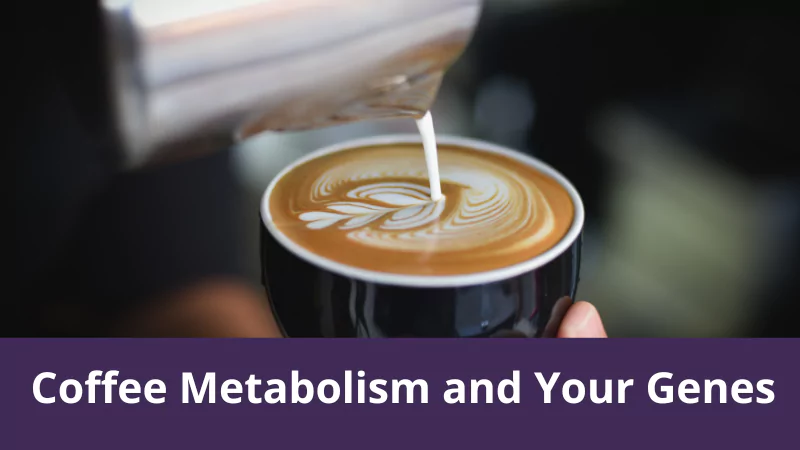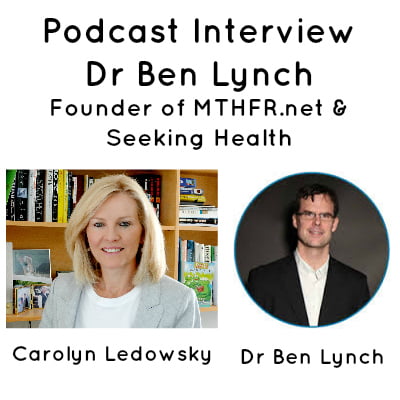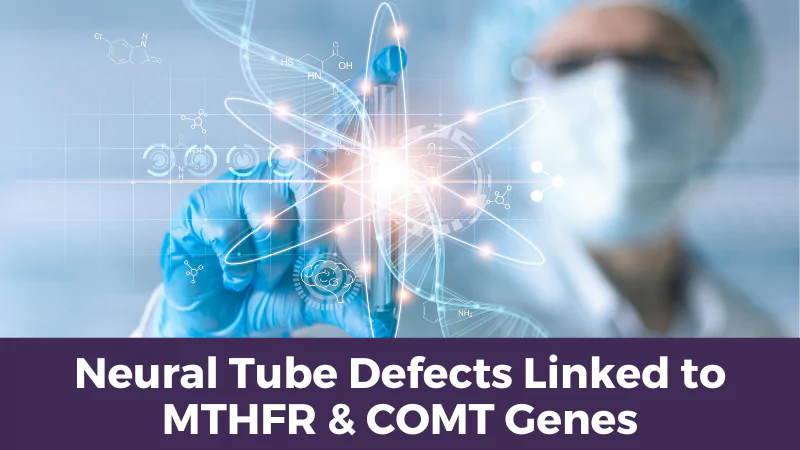What does it mean?
We live in a time when we can choose what to eat. But in our endeavour to be healthy, what are we doing to histamine levels? How is this affecting us?
For most of us, histamine is just another chemical compound that we associate with allergies. It’s good for the most part but for others, a serious threat to their health and daily living.
But there is more to histamine than allergies.
In fact, histamine may be a factor to what triggered last night’s migraine, the upset stomach or the itch you’re having right now. On a molecular level, what is a superfood for one person might be poison to another.
This is where a thing called histamine intolerance comes in.
>> Watch this webinar: The Effects of Histamine
What does it do?
Although one of the main functions of histamine is associated with allergic reactions, it is also an in important neurotransmitter and immune messenger molecule. Histamine is stored in mast cells and subsequently released when these cells are activated.
Even though histamine is small compared to other biological molecules (containing only 17 atoms), it plays an important role in the body. It is known to be involved in over 23 different physiological functions and it’s all thanks to histamine’s flexible chemical binding structure.
When histamine is formed, it is broken down by specific enzymes. In the central nervous system, it is metabolized by histamine N-methyltransferase (HNMT), while in the digestive tract it is broken down by diamine oxidase (DAO).
DAO? What is that?
Diamine oxidase (DAO) is the major enzyme involved in histamine metabolism and is responsible for ensuring a steady histamine level required for the balance of numerous chemical reactions taking place in the body.
DAO is the key enzyme responsible for the degradation of extracellular (free) histamine, regardless of whether the histamine originates from allergy-induced processes in the body or is consumed with food.
What happens is histamine is degraded to imidazole acetaldehyde which, after methylation as a methylhistamine, is eliminated via the kidneys. This allows the body to retain optimal amounts of histamine all the time.
Histamine exerts its effects by binding to its 4 receptors: H1R, H2R, H3R, and H4R on target cells in various tissues. Histamine receptors are located all over the body and have many important functions including:
- H1 receptors: Smooth muscle and endothelial cells affecting skin; blood vessels (Benadryl and Claritin block activity of these receptors)
- H2 receptors: Cells in the intestines control acid secretion, abdominal pain, and nausea; heart rate
- H3 receptors: Central nervous system controlling nerves, sleep, appetite and behavior
- H4 receptors: Thymus, small intestine, spleen, colon, bone marrow and white blood cells; inflammatory response
The DAO gene is also involved in the metabolism of glutamate, an excitatory neurotransmitter found to be elevated in those with schizophrenia and bipolar disorders. ,,
I have a DAO SNP! What now?
Histamine becomes a problem when we have metabolic disturbances that do not allow us to effectively metabolize histamine properly specially for DAO. If DAO is inhibited, histamine will accumulate in the blood and would result in intolerance.
DAO deficiency can be caused by genetic factors (primary deficiency) when certain sequence variants (polymorphisms) in the DAO gene lead to a significantly reduced DAO enzyme activity. Individuals with a DAO gene mutation may have a tendency towards high histamine.
Having a polymorphism doesn’t mean you will have expression of the SNP and therefore histamine intolerance, but you are pre-disposed, particularly if your environment (food, stress, toxin exposure, gut function) are affecting the expression of the gene. In that case, given that histamine is present in our daily diet, we need to be careful what we’re consuming every day.
What to eat for DAO?
The DAO enzyme is dependent on vitamin B6, B12, iron, copper and vitamin C, so it makes sense to increase the intake of these compounds.
Copper and Vit C are crucial components of the DAO enzyme and B6 is a key cofactor that enables DAO to degrade histamine.
Copper deficiency is another possible cause for low DAO activity, as copper is a central atom of the DAO and thus essential for its function. Because copper is essential to DAO function, copper levels should be monitored in patients with low DAO activity to avoid further DAO deterioration. Zinc levels should be checked at the same time, as zinc prevents intestinal copper absorption.
DAO vitamins and minerals
- Vitamin C is well-known for its antihistaminic working. In a lot of cases, blood histamine levels are directly correlated to the vitamin C levels, and intake of vitamin C will lead to less histamine in a matter of days. It functions as a cofactor of DAO, just like vitamin B6 does. Vitamin C can be taken at doses of up to 3,000 mg to reduce histamine levels. Taking large amount of vitamin C is known as Megadosing.
- DAO depends on vitamin B6 to function. If there is shortage of B6, the enzyme is practically useless. The intake of vitamin B6 often leads to a higher DAO activity. According to the NIH, doses of up to 2 mg should suffice for lactating mothers.
- Magnesium is important in the histamine metabolism. A shortage increases the activity of histidine decarboxylase in some tissues. Histidine decarboxylase is the enzyme that makes histamine from histidine. While at the same time, a lack of magnesium intake leads to reduced DAO. The NIH recommends doses of up to 400 mg and Magnesium can be bought over the counter as 500 mg tablets.
- Copper is another cofactor of DAO and able to reduce histamine levels. It’s not often recommended to supplement.
- Zinc inhibits the release of histamine from mast cells. Supplementation is recommended.
- Manganese also inhibits the release of histamine from mast cells much like zinc.
Some individuals have altered DAO production due to a number of different factors including:
- Small Intestinal Bacterial Overgrowth (SIBO): some gut microbes produce high amounts of histamines as a byproduct of their metabolism.
- Leaky Gut Syndrome: Intestinal permeability creates major inflammatory stress in the body which can contribute to poor DAO function.
- GI inflammatory conditions: Crohn’s, Inflammatory bowel disease (IBS), colitis
- Celiac disease and those with gluten intolerance
- Certain drugs: NSAIDs, acid-blocking medications, anti-depressants, immune suppressants.
Many different diuretics, hormone replacement drugs, statins (and others) reduce the amount of these nutrients, causing “medication induced SNP.” This kind of SNP can happen in the absence of an actual gene SNP, because the medication is acting worse than the homozygous polymorphism.
Drugs that influence DAO
The changed production of DAO enzyme can be as a consequence of certain medications:
- Non-steroidal anti-inflammatory drugs (ibuprofen, aspirin)
- Antidepressants (Cymbalta, Effexor, Prozac, Zoloft)
- Immune modulators (Humira, Enbrel, Plaquenil)
- Antiarrhythmics (propanolol, metaprolol, Cardizem, Norvasc)
- Antihistamines (Allegra, Zyrtec, Benadryl)
- Histamine (H2) blockers (Tagamet, Pepcid, Zantac)
Some studies suggest considering the herb HOPS and quercetin (about 250 to 500 mg taken three times daily) in order to reduce histamine levels.
What to eat when you’ve got SNP in your DAO.
No matter our intake of different supplements, medications or drugs, the most important thing in the end is how we behave with our body and what we are consuming to make it better.
Before you decide to take the next step (through pills), try directly going on a low-histamine diet first. Some foods naturally have more histamine content while others accumulate histamines while they age. Fermented and dried foods typically have the highest levels of histamines.
A low histamine diet must be focused around getting foods at their peak level of freshness.
Foods High in Histamines:
Here is a list of high histamine foods:
- Fermented alcoholic beverages, especially wine, champagne and beer
- Fermented foods: sauerkraut, vinegar, soy sauce, kefir, yogurt, kombucha, etc.
- Vinegar-containing foods: pickles, mayonnaise, olives
- Cured meats: bacon, salami, pepperoni, luncheon meats and hot dogs
- Soured foods: sour cream, sour milk, buttermilk, soured bread, etc.
- Dried fruit: apricots, prunes, dates, figs, raisins
- Most citrus fruits
- Aged cheese including goat cheese
- Nuts: walnuts, cashews, and peanuts
- Vegetables: avocados, eggplant, spinach, and tomatoes
- Smoked fish and certain species of fish: mackerel, mahi-mahi, tuna, anchovies, sardines
- Processed foods of all types – Preservatives are high in histamines
Histamine-Releasing Foods:
>> Watch this webinar: The Effects of Histamine
These foods do not necessarily contain histamine but they block the action of DAO and therefore they potentiate the effects of elevated histamines.
- Alcohol
- Bananas
- Chocolate
- Cow’s Milk
- Nuts
- Papaya
- Pineapple
- Shellfish
- Strawberries
- Tomatoes
- Wheat Germ
- Many artificial preservatives and dyes
DAO-Blocking Foods:
- Alcohol
- Energy drinks
- Black tea
- Mate tea
- Green tea
Low Histamine Foods:
- Freshly Cooked Meat & Poultry
- Freshly Caught Fish
- Extra Virgin Olive Oil
- Pasture-Raised Eggs
- Gluten-Free Grains: brown rice & quinoa
- Fresh Fruits: Other than citrus, avocado, tomato, pineapple, bananas and strawberries
- Fresh Vegetables (except spinach and eggplant)
- Coconut milk, Rice milk, Hemp milk, Almond milk
- Coconut oil & Grass-fed Butter/Ghee
- Organic coffee
- Almond butter
- Leafy herbs
- Herbal teas
Take note: some high histamine foods offer lots of health benefits so it is wise if you were to consider having a well-balanced diet but with low histamine foods prioritized.
FREE Download What is MTHFR eBook
References
- Histamine and histamine intolerance, Laura Maintz and Natalija Novak 2007 American Society for Clinical Nutrition
- Histamine Intolerance in Clinical Practice Laura Maintz, Thomas Bieber, Natalija Novak
- The Differential Diagnosis of Food Intolerance Zopf, Y; Baenkler, H; Silbermann, A; Hahn, E G; Raithel, M Dtsch Arztebl Int 2009; 106(21): 359-69; DOI: 10.3238/arztebl.2009.0359
- Allergies and Your Genes – Histamine, Autoimmunity and DAO SNPs, Suzy Cohen (http://suzycohen.com/articles/histamine_intolerance_dao_genes_hashimotos/)
- Histamine intolerance, IMD Labor Berlin-Potsdam(http://www.imd-berlin.de/en/special-areas-of-competence/food-intolerances/histamine-intolerance.html)
- Histamine intolerance: a metabolic disease? H. G. Schwelberger Inflamm. Res. (2010) 59 (Suppl 2):S219–S221 DOI 10.1007/s00011-009-0134-3 Birkha¨user Verlag, Basel/Switzerland 2009
- Histamine: Allergies, Brain & Gut Health By Michael McEvoy, FDN, CNC, CMTA
- Histamine intolerance, diamine oxidase activity and probiotics Janice M. Joneja, Ph.D. Honorary Research Fellow June 2004 School of Biosciences University of Birmingham U.K.
- International Society of DAO Deficiency (http://www.deficitdao.org/en/dao-deficiency/what-is/)
- Are You Suffering From Histamine Intolerance? Dr. Jockers (http://drjockers.com/suffering-histamine-intolerance/)
- Histamine Intolerance Awareness Campaign (http://www.histamineintolerance.org.uk/)









